What Is ERP? A Complete Guide to Enterprise Resource Planning
In today's fast-paced business world, companies are constantly looking for ways to streamline their processes, improve productivity, and reduce operational costs. This is where Enterprise Resource Planning (ERP) systems come into play. ERP integrates various business functions such as accounting, sales, inventory management, human resources, and customer service into one unified platform. By consolidating data and automating processes, ERP helps businesses run more efficiently.
How Does ERP Work?
ERP systems centralize information from different departments, making it accessible in real-time. This ensures that business managers and employees make data-driven decisions based on accurate, up-to-date information. ERP software can be customized to meet the specific needs of various industries, from manufacturing and retail to healthcare and education.
Key features of an ERP system include:
- Data Integration: Centralizes all business data in one place.
- Automation: Automates routine tasks to improve efficiency.
- Reporting: Generates reports for better decision-making.
- Real-Time Updates: Provides real-time data and analytics.
- Scalability: Can grow with the business as it expands.
Benefits of Implementing an ERP System
Implementing an ERP system can provide several advantages for businesses. These benefits include improved efficiency, better communication between departments, and more accurate financial reporting.
| Benefit | Description | How It Helps Businesses |
|---|---|---|
| Increased Efficiency | Automates manual tasks and processes. | Reduces human error, saves time, and boosts productivity. |
| Improved Data Accuracy | Centralizes data for better control and tracking. | Minimizes errors and discrepancies in data. |
| Better Decision-Making | Provides real-time data and reports. | Enables informed decision-making at all levels. |
| Enhanced Collaboration | Streamlines communication between departments. | Increases collaboration and reduces silos in the organization. |
| Cost Reduction | Identifies inefficiencies and optimizes resource allocation. | Reduces costs by streamlining operations. |
| Scalability | Can be expanded as the company grows. | Adapts to changes and accommodates business expansion. |
Popular ERP Modules and Their Functions
ERP systems are modular, allowing businesses to choose the modules they need based on their specific requirements. Here’s a look at some of the most common ERP modules:
| Module | Function |
|---|---|
| Financial Management | Manages accounting, budgeting, and financial reporting. |
| Human Resources (HR) | Oversees employee records, payroll, and performance management. |
| Sales and Customer Service | Manages sales orders, customer inquiries, and customer support. |
| Inventory Management | Tracks inventory levels, manages stock, and orders. |
| Manufacturing | Manages production schedules, resources, and manufacturing workflows. |
| Supply Chain Management | Optimizes procurement, logistics, and distribution. |
ERP Software Comparison: Top Providers
When choosing an ERP system, businesses have several options based on their needs, budget, and industry. Here’s a comparison of some top ERP software providers:
| ERP Software | Best For | Key Features | Price Range |
|---|---|---|---|
| SAP S/4HANA | Large enterprises and global businesses | Real-time analytics, cloud-based, advanced automation | Custom pricing, enterprise-level |
| Oracle ERP Cloud | Medium to large businesses | Financial management, supply chain, AI capabilities | Custom pricing |
| Microsoft Dynamics 365 | Businesses of all sizes | Integrates with Microsoft tools, CRM, sales automation | Starts at $70/user/month |
| NetSuite ERP | Fast-growing small to medium businesses | Cloud-based, financial and inventory management | Starts at $999/month |
| Odoo ERP | Small businesses or startups | Modular approach, easy to customize | Starts at $24/user/month |
Factors to Consider When Choosing an ERP System
When selecting an ERP system, businesses should consider several factors to ensure they are choosing the right fit. These include:
- Customization: Does the ERP system offer the flexibility to meet your business’s specific needs?
- Ease of Use: Is the system intuitive and easy for employees to use?
- Support and Training: Does the ERP provider offer training and ongoing support?
- Implementation Time: How long will it take to implement the system and get it up and running?
- Cost: Is the system within your company’s budget, and does it provide good value for its price?
Conclusion
An ERP system is a powerful tool that can transform your business operations. By centralizing data, automating tasks, and improving collaboration, it helps companies run more efficiently and make data-driven decisions. Whether you are a small business looking for scalability or a large enterprise in need of advanced analytics, there is an ERP solution that fits your needs.
Investing in the right ERP system will not only streamline your processes but also improve productivity, reduce costs, and foster long-term growth. Start exploring your ERP options today to drive your business forward.
Explore
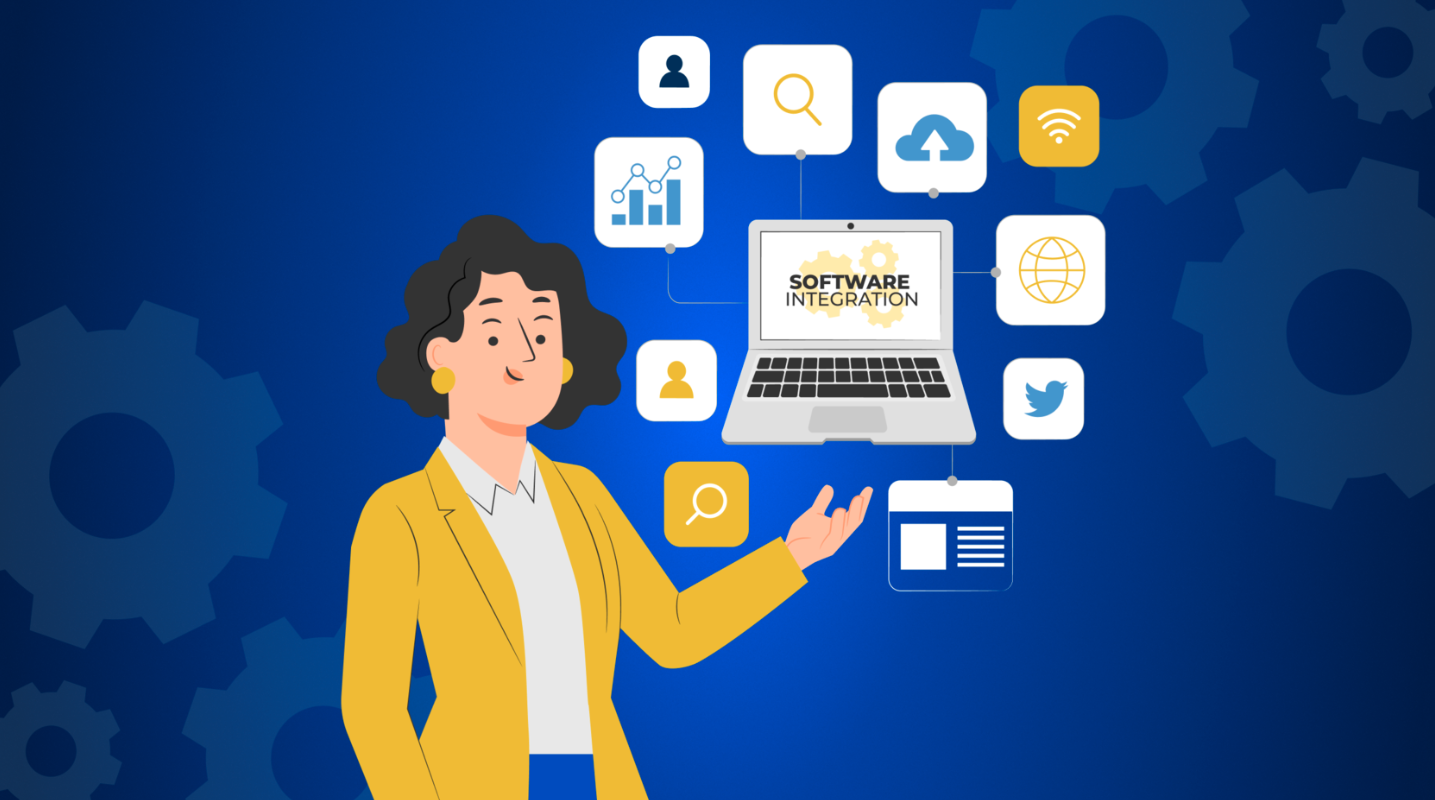
Unlocking Growth with Enterprise Software: Key Features That Drive Success
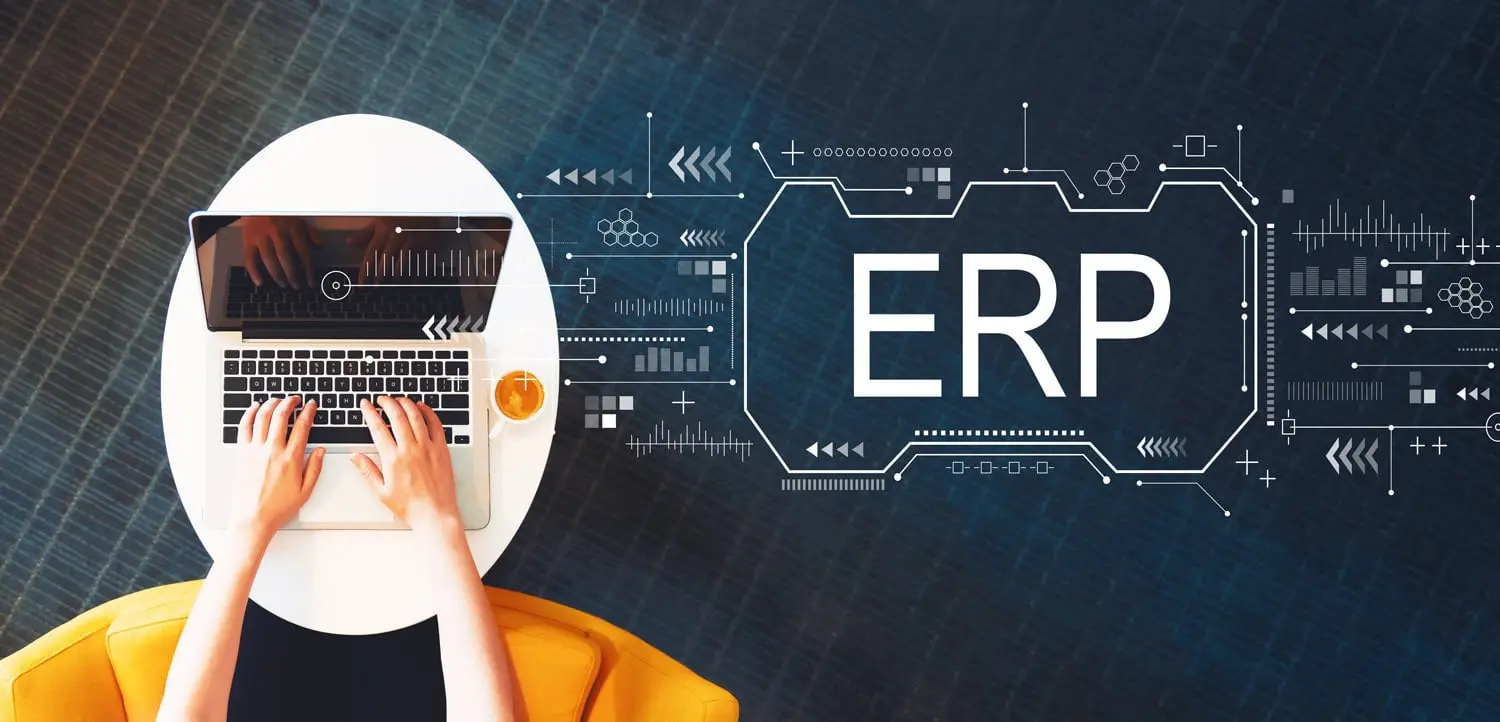
Cloud ERP vs. On-Premise ERP: Which One Is Right for You?

Boost Supply Chain Efficiency with the Right ERP System
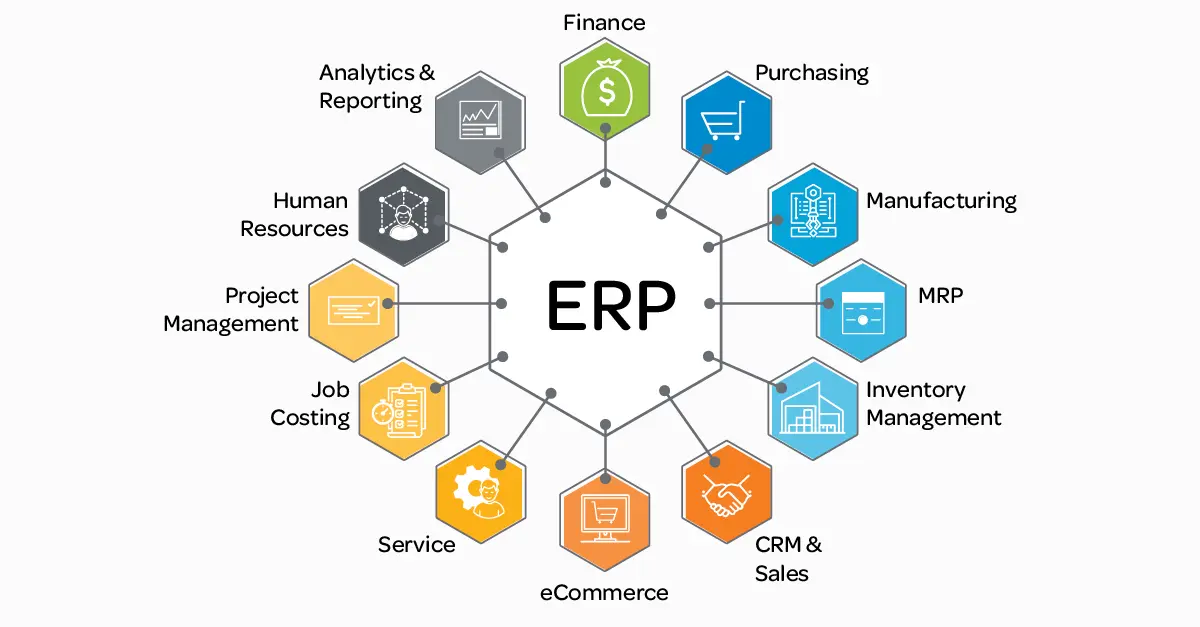
Lessons Learned: Success Stories and Challenges in ERP
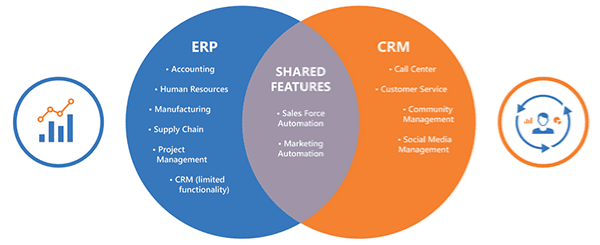
ERP vs. CRM: Understanding the Key Differences for Your Business

5 Key Steps to Successfully Implement an ERP System
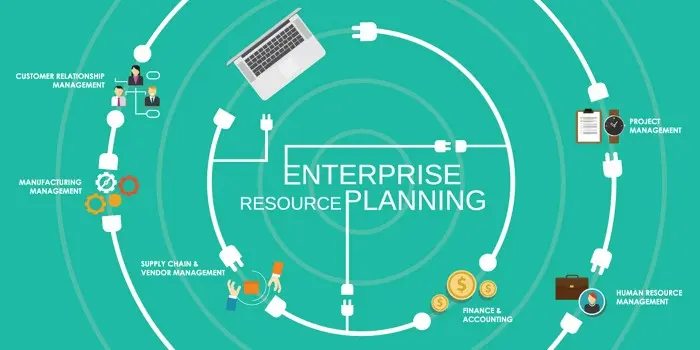
How to Choose the Right ERP System for Small Businesses
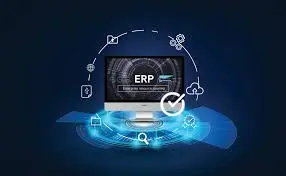
Top 10 Best ERP Software Solutions for 2025
